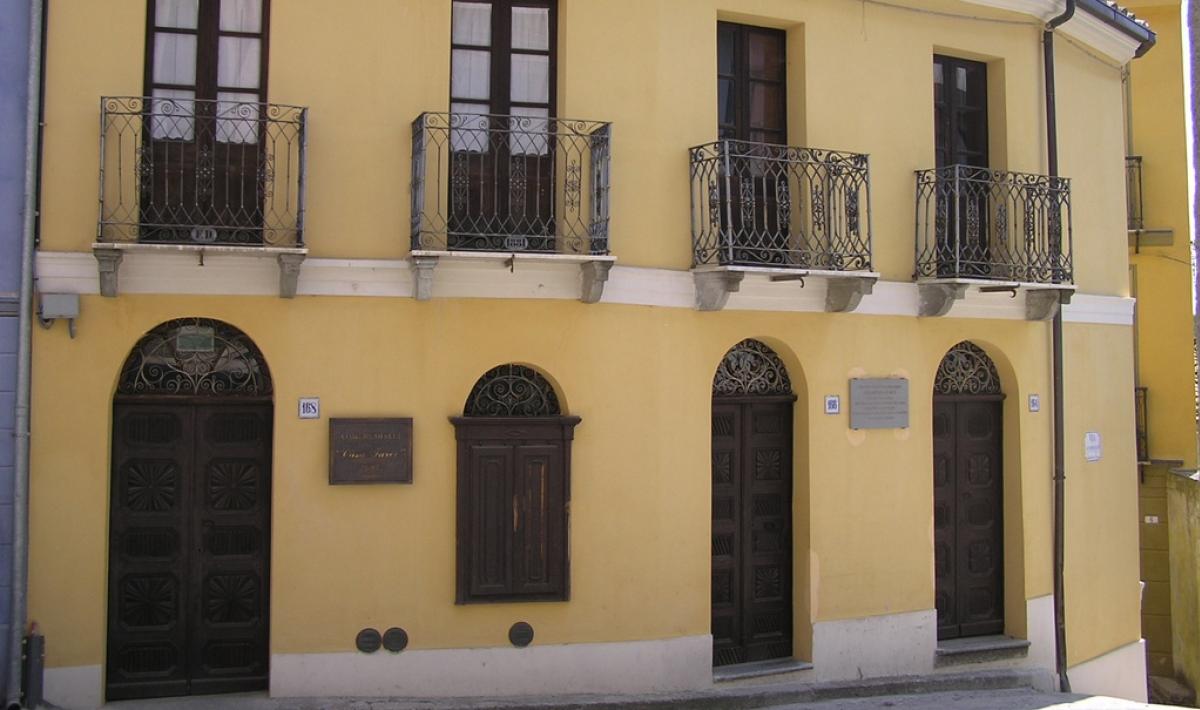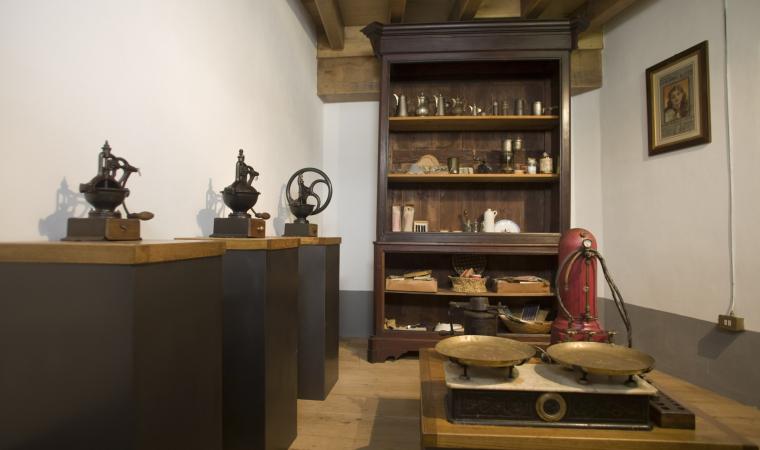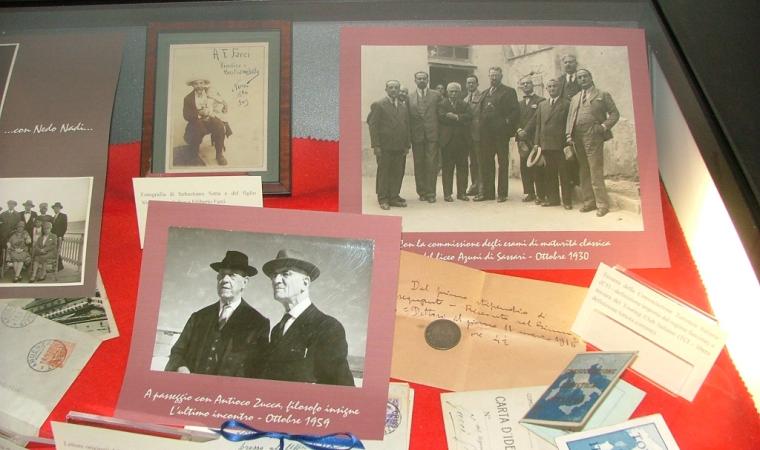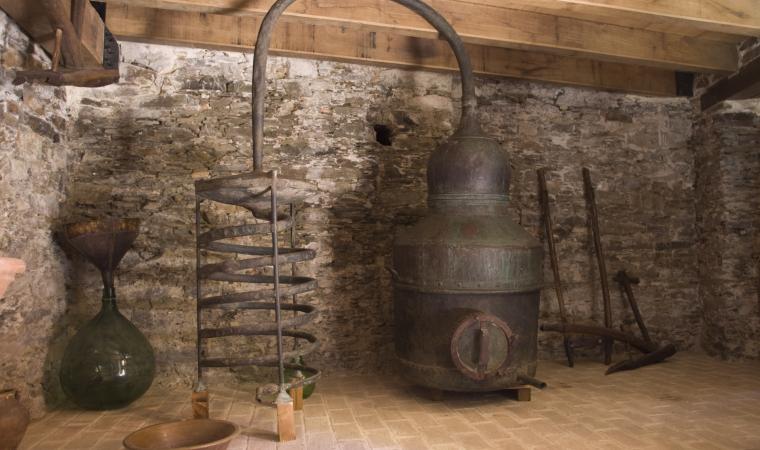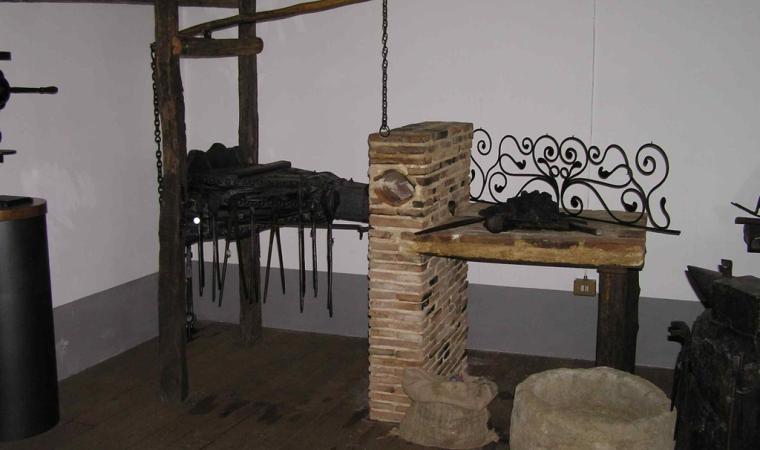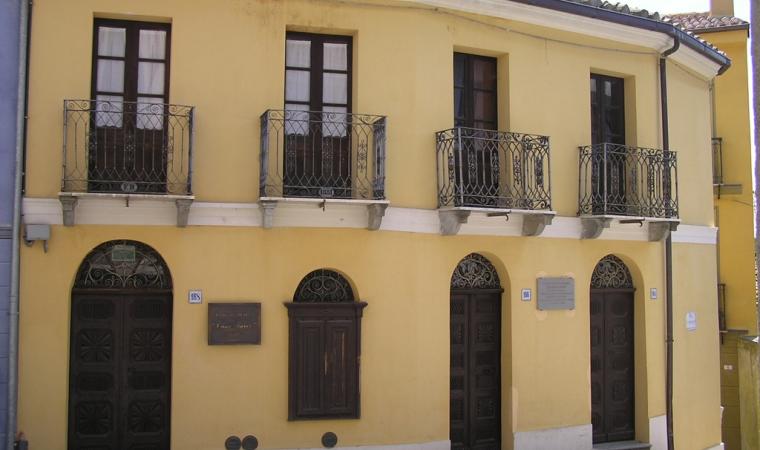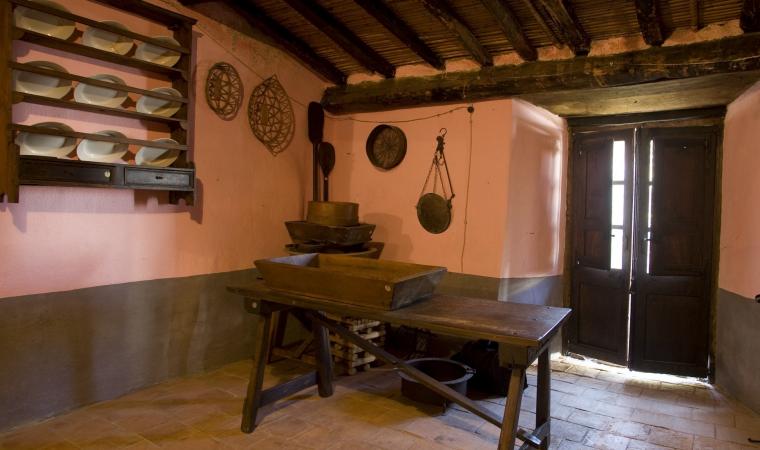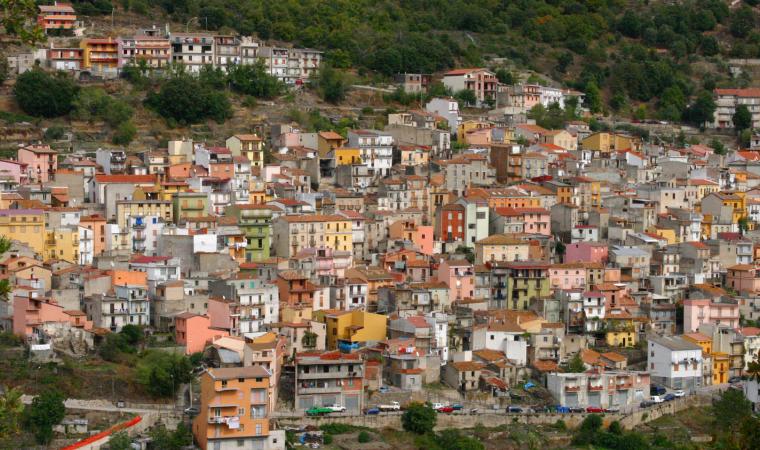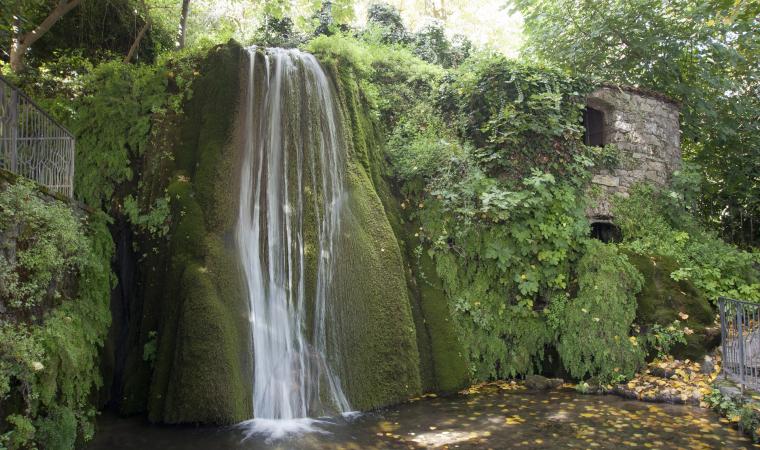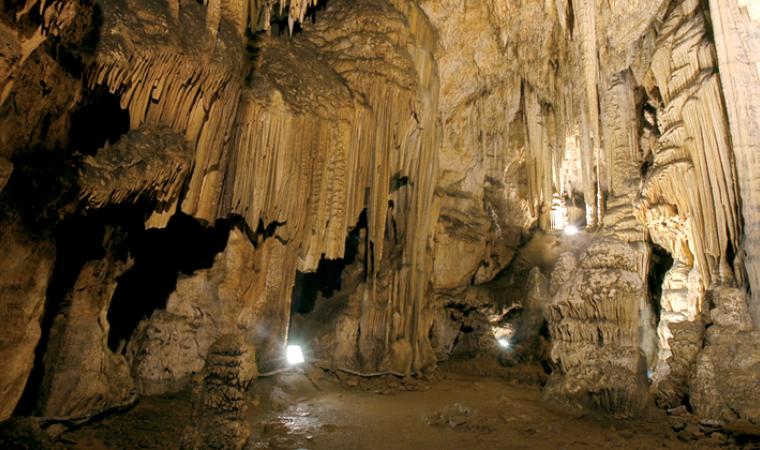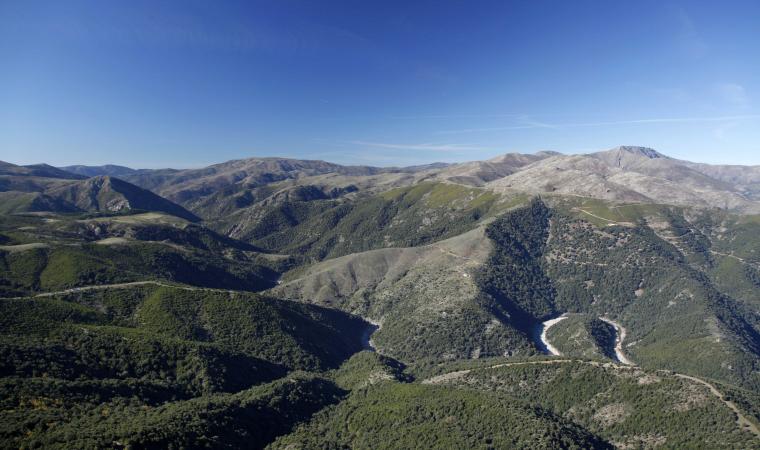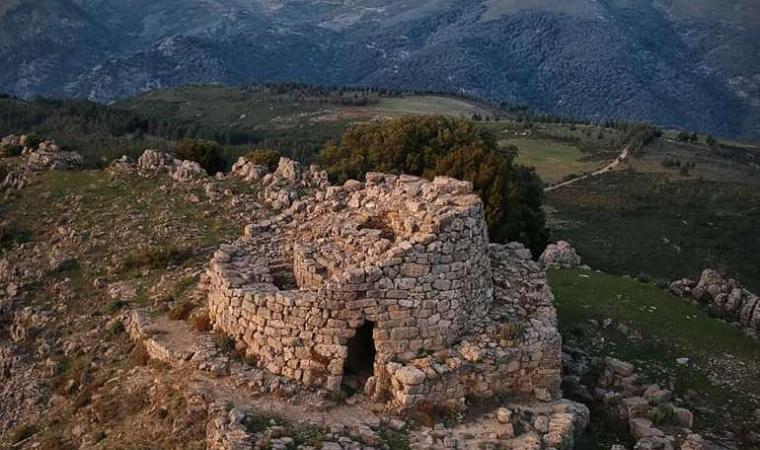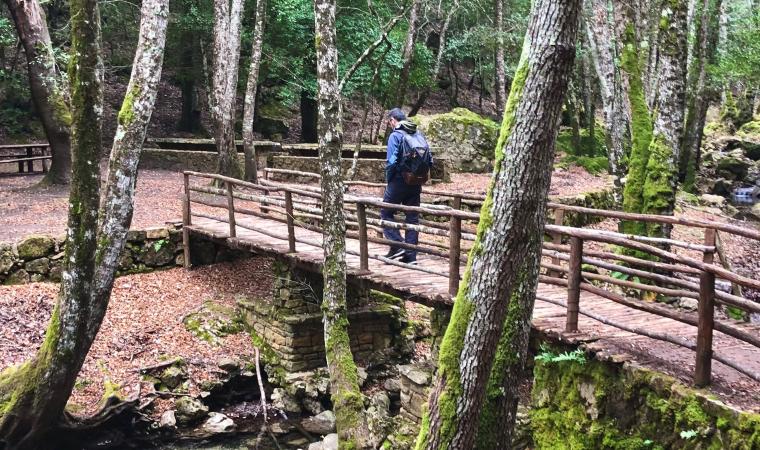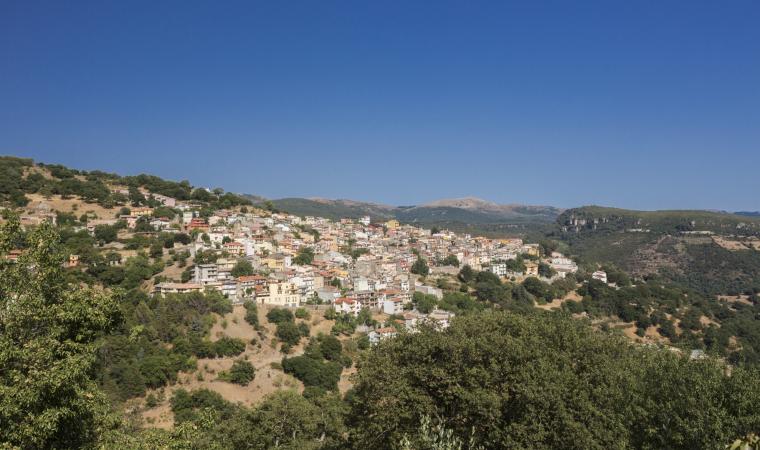The population of Seui contributed to setting up the collection for the ethnographic part, while the rest is evidence of the life and works of a well-known intellectual and politician who was born here and lived here until his adolescence. Casa Farci is a building dating back to the 19th century, located in the heart of the main town of Barbagia di Seulo. Its historical relevance comes from the fact that Filiberto Farci was born here in 1882. He was a writer and co-founder of the Partito Sardo d’Azione together with his great friend Emilio Lussu. The visit allows you to admire his study, where objects, documents and letters are kept, as well as his library. In addition to his political and literary activity, both rooms also testify to his relationships with other important figures on the Island’s cultural scene, such as Sebastiano Satta, Grazia Deledda, Francesco Ciusa and Antioco Casula.
The study is located on the first floor. On the same floor, you can also visit the kitchen with a wood-fired oven, a bedroom and a section dedicated to costumes. On the ground floor, you’ll find the exhibition area dedicated to trade, a deeply traditional activity in Seui: you will be surprised by the carefully organised layout, aimed at reconstructing a late 19th-century emporium. There is a section with documents and objects from the Fund’e Corongiu anthracite mine. The first basement floor is dedicated to arts and crafts: you will see the tools used in traditional activities by su massaiu (the farmer), su maistu de muru (the bricklayer), su maistu de linna (the carpenter) and su ferreri (the blacksmith), with the reconstruction of a forge. Going down another level, you will enter the cellar: the wooden presses for grape marc and a large copper alembic still, with which brandy was produced, stand out. You will notice the serial number ‘Cagliari 0001’, evidence of the authorisation for production enjoyed by the owner. Another section of the museum is dedicated to emigration, including documents from the Bissiri family. Among its members, there were inventors: Augusto, who emigrated to the United States, is known for the creation of a sort of ‘precursor’ of the cathode ray tube, laying the foundations for the birth of the television.
Casa Farci is part of a museum circuit that offers a fascinating range of themes and cultural proposals: the Spanish Prison ‘tells’ the story of the life of prisoners in Barbagia di Seulo until 1975; inside the Palazzina Liberty there is an archaeological, artistic and mining collection; the Galleria Civica contains a large exhibition of canvases, watercolours, sculptures and paintings. The fifth site is s’Omu de sa maja, a museum dedicated to the magical-religious world and the pre-Christian traditions of the inhabitants of the area.

